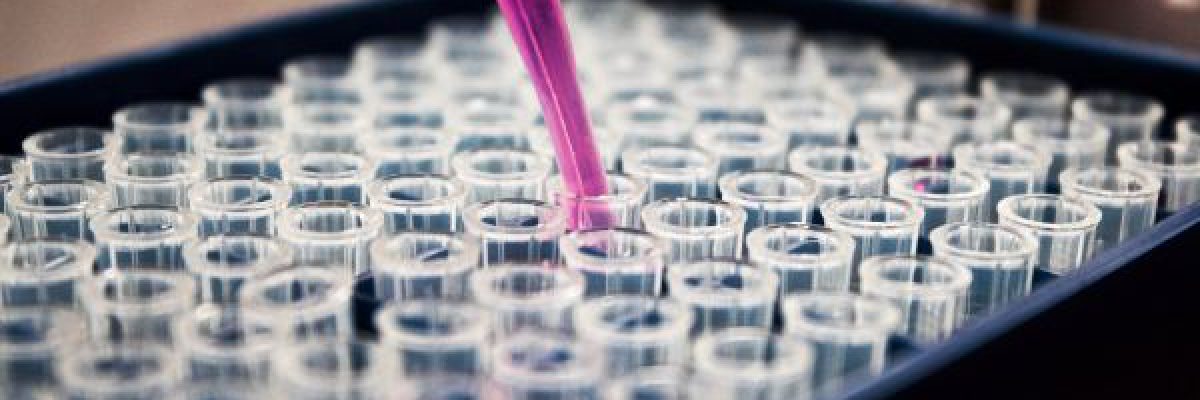Genetic engineering is the transfer of DNA from one organism to another organism through the use of lab tools. Recently it has been gaining undeserved bad reputation. There are multitude of genetic engineering methods. One of these methods is editing, it is basically a “copy paste” function performed at the molecular level. This process was first tried in the early 1970s and has progressed at a meteoric pace providing almost endless capabilities today. One of the groundbreaking projects in the field was the introduction of the human insulin producing gene into bacteria. This enabled manufacturing of large amounts of human insulin to be used for diabetic patients. Previously insulin was produced in long processes often using cattle pancreas.
Genetic engineering is a useful tool in thousands of labs around the world. It is used for gene therapy of diseases, for producing more resistant plants, and for research purposes, such as studying human mutations and genes in a laboratory settings for the purpose of understanding disease mechanisms.
One of the fascinating uses of genetic engineering in recent times, was a study performed in the Ron Milo lab at the Weizmann Institute in Israel. In the study, published in CELL journal, it was reported that with the help of genetic engineering, researchers were able to create a strain of a bacteria that binds carbon dioxide from the air, using it as its fuel instead of using sugar or fat.
In this study, scientists describe how they were able to re-wire the metabolic processes of the bacterium to produce all of its mass from CO2. Throughout the study, they gradually developed the strain, so that the bacteria became more dependent on carbon dioxide, rather than sugars, for growth. What the researchers did was make bacteria more like plants, which use carbon dioxide and light to produce sugars as part of the photosynthesis process. The researchers reported that they were surprised by the relatively small number of genetic changes required to substitute the metabolic process of sugar to carbon dioxide instead.
Currently, the process is still inefficient because it also releases carbon dioxide into the environment as part of the metabolic process therefore it does not have a significant change on the environment. However, surely this work is a step in the right direction bringing new ideas for reducing our carbon footprint. In the future, we may be able to produce bacterial strains capable of producing food or fuel sources, and potentially curbing the global warming effects caused by carbon dioxide emissions.







